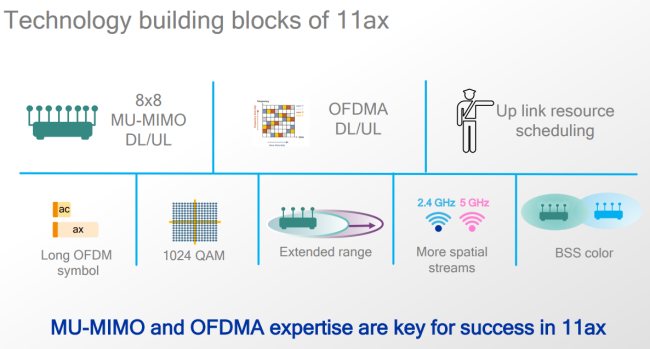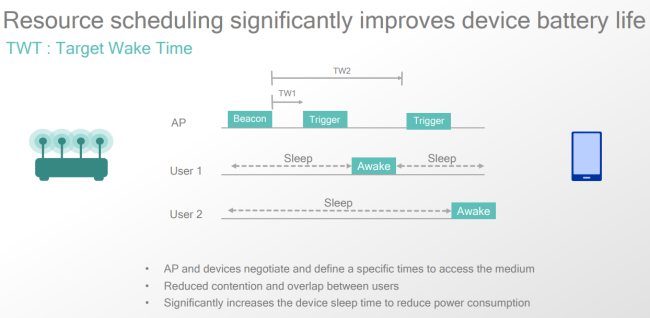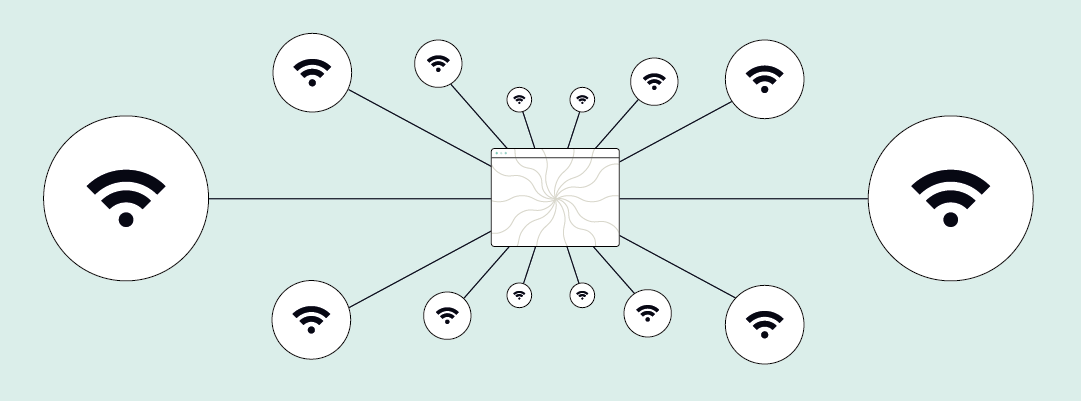Why public entities are becoming more supportive of the Open Source approach
Why public entities are becoming more supportive of the Open Source approach

Nowadays, public bodies such as international, federal and state entities are becoming more and more supportive of the open source movement and in general of “open” approaches.
In many countries, such as the US, the UK and France, governments have recommended adopting open-source software in their administrations. Indeed, benefits from open source are particularly well aligned with the objectives pursued by any government:
- Keeping the IT budget under control: although open-source software is a commercial product and therefore not free of charge, it has a total cost of ownership that is generally lower than proprietary software;
- Ensuring security and reliability, because the open code allows for complete audits to check for vulnerabilities;
- Enhancing transparency and innovating to serve citizens better.
Government bodies such as FCC are also recognizing its value by actively contributing back to open source software: indeed, it became the first .gov to contribute to WordPress, the most used content management system.
Public entities are also encouraging wireless hardware vendors to allow interoperability with third-party systems based on open source in order to benefit end consumers: indeed, open source firmware can make wireless devices more powerful and more useful, allowing users to implement functions that have been disabled or omitted by manufacturers and ultimately giving them the freedom to customize their hardware. This concept empowers the idea of disaggregation, which means offering the option to select software from one vendor and run it on hardware from a different manufacturer.
In 2016, for example, the FCC required networking hardware vendor TP-Link to support open source firmware on its routers. In a settlement with the FCC, TP-Link agreed to pay a $200,000 fine to be compliant with the rules for the 5GHz band and to allow users to install open source firmware on its routers.
FCC’s rules for the 5GHz band, indeed, require router makers to prevent third-party firmware from changing radio frequency parameters in ways that could cause harmful interference with other devices and services. Router makers could be compliant with these FCC rules by placing limits on what third-party firmware are allowed to do or, alternatively, they could comply by entirely preventing the loading of open source firmware, and this is what TP-Link chose to do. Indeed, TP-Link’s software updates “precluded customer installation of third-party software, including open-source software,” to meet the new 5GHz requirements, the settlement said. In order to avoid further penalties, the settlement required TP-Link to “work with the open-source community and Wi-Fi chipset manufacturers to enable consumers to install third-party firmware on their Wi-Fi routers,” FCC stated.
“While manufacturers of Wi-Fi routers must ensure reasonable safeguards to protect radio parameters, users are otherwise free to customise their routers,” said Travis LeBlanc, chief of the FCC’s Enforcement Bureau. “We support TP-Link’s commitment to work with the open-source community and Wi-Fi chipset manufacturers to enable third-party firmware on TP-Link routers.”
At Tanaza, we believe that disaggregation is imminent on the WiFi networking industry and that, considering the new market conditions, the unbundling of hardware and software is the future for WiFi professionals. For this reason, we developed full compatibility with many wireless devices from different vendors, allowing WiFi professionals to choose the hardware they want to work with and therefore to save on infrastructure costs and hardware while avoiding vendor lock-in. Tanaza’s firmware is based on OpenWRT, a Linux-based open-source firmware for embedded devices that enables the customization of wireless access points, as a result of its fully writable filesystem with package management. For more information about Tanaza and its wide range wide of supported access points, click here.
Related articles:
https://www.classichotspot.com/blog/update-2019-the-list-of-supported-openwrt-wireless-access-points-vendors/
https://www.classichotspot.com/blog/wifi-6-the-next-generation-of-wifi/











